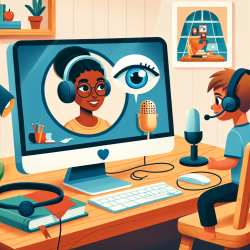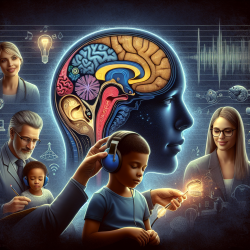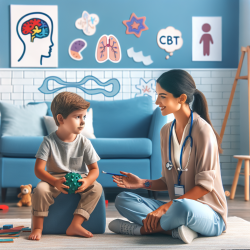In the realm of therapeutic practices, particularly those involving music therapy, understanding how different musical elements influence engagement is crucial. A recent study titled "Inter-subject Correlation While Listening to Minimalist Music: A Study of Electrophysiological and Behavioral Responses to Steve Reich's Piano Phase" sheds light on how minimalist compositions can be leveraged to enhance therapeutic outcomes.
The Study: Exploring Engagement through Minimalist Music
The research conducted by Dauer et al. (2021) focused on examining the neural and behavioral responses of participants listening to Steve Reich's minimalist composition, Piano Phase. The study utilized electroencephalography (EEG) to measure inter-subject correlation (ISC), a marker of collective neural engagement, while participants listened to different versions of the piece.
The findings revealed that the remix version of Piano Phase, which included more dynamic elements, elicited the highest ISC values. This suggests that variations in musical stimuli can significantly impact listener engagement. Conversely, the original and manipulated versions of the piece showed varying levels of ISC, indicating that specific compositional features drive engagement differently.
Applying Research Insights to Enhance Therapy
The implications of this study are particularly relevant for practitioners in online therapy services like TinyEYE. Here are some strategies to consider:
- Incorporate Minimalist Music: Utilize minimalist compositions in therapy sessions to foster a state of focused engagement. The repetitive yet subtly evolving nature of such music can help clients enter a meditative state conducive to therapy.
- Experiment with Variations: Introduce remixed or dynamically varied versions of minimalist pieces to capture and maintain clients' attention. This approach can be particularly effective for clients who may find traditional minimalist music less engaging.
- Monitor Engagement Levels: Use tools like EEG or continuous behavioral measures to assess client engagement during sessions. This data can inform adjustments in musical selections and therapeutic approaches.
- Encourage Detailed Listening: Guide clients in practicing hyper-detailed listening strategies. This can enhance their ability to focus on subtle variations within repetitive structures, promoting deeper cognitive involvement.
The Path Forward: Encouraging Further Research
This study opens avenues for further exploration into how different musical structures influence therapeutic outcomes. Practitioners are encouraged to delve deeper into the relationship between music cognition and therapy by conducting their own research or collaborating with academic institutions.
The potential for minimalist music to enhance therapeutic practices is vast, offering a unique blend of simplicity and complexity that can be tailored to individual client needs.










